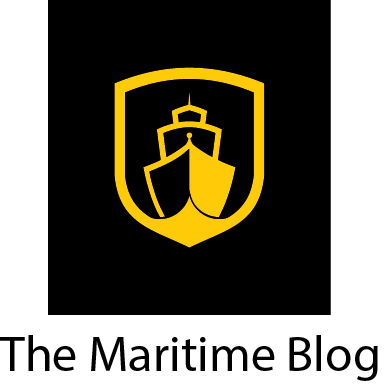search the site
DNV GL: Open Simulation Platform
DNV GL: Open Simulation Platform
in International Shipping News 08/03/2019

The grand vision of the Open Simulation Platform (OSP) is to establish an ecosystem for models and co-simulation in the maritime industry. It will facilitate efficient and effective construction of digital twin systems and vessels in a collaborative effort between stakeholders including owners, yards, equipment manufacturers and sub-suppliers, and help solve the challenges with complex, integrated systems and software.
With the increasing complexity of todays and tomorrow’s assets, and the rapidly increasing uptake of software driven systems, new and innovative methods for design, construction and assurance of complex integrated systems are needed. A key element of the OSP is that stakeholders will collaborate in building digital twin systems and vessels based on shared simulation models and common standards, while keeping IPR private. This is essential for establishing an open and secure ecosystem.
The two-year project was initiated by DNV GL, SINTEF Ocean, Rolls-Royce Marine and NTNU, and includes an associated joint industry project with industry partners: China Offshore (Deepsea) Industry Alliance (CODIA), Corvus Energy, Damen Shipyards, Equinor Energy, Harbin Engineering University, Havyard Group, Hyundai Heavy Industries, Inmarsat, Kongsberg Digital, Korea Research Institute of Ships & Ocean Engineering (KRISO), Liebherr Components, Lundin Norway, MacGregor, Monohakobi Technology Institute, Offshore Simulator Centre, Thyssenkrupp, Vard and ÅKP Blue Innovation Arena. The partners cover a wide range of stakeholders in the maritime industry, all with their own business needs and motivations for supporting the initiative.

Figure 1: Using digital twins in ship design
The OSP JIP will deliver:
- The “Core Simulation Environment”, an open source co-simulation software
- Marine Systems Model Interfaces industry standard
- Model library of reference models
- Three use cases demonstrating the usage of the OSP technology and the strength of cooperative co-simulation
Building on the results from the “CyberSea in the Cloud” research project from 2017, DNV GL will establish and develop infrastructure to host and deliver the OSP as an online service providing the following features:
Sharing of models: A catalogue of all available models that may be accessed in the ecosystem. These models must all comply with the OSP model standard, which ensures model compatibility and interoperability. Typically, OEMs, system and component providers and other stakeholders make their models visible in the catalogue, and offer them to other participants in the ecosystem at given commercial and IP terms.
Sourcing, interfacing and connection of models: The first step in building a digital twin vessel is to source the necessary component models from the model catalogue, and interconnect these. This step includes interfacing and connection of control systems, which can also be seen as a virtual system integration referring to the similar process for the real twin at the yard.
Collaborative digital twin simulations: The digital twin ship consists of a large set of models and digital twin components, all interfaced and connected as they would be on-board the real twin. This includes control system software, emulated control system hardware, HMIs and control panels. The orchestration and coordination of the system simulation is performed by the Core Simulation Environment, ensuring the correct co-simulation of the models.
Cross organization sharing of simulations and results: The simulation models and datasets from simulations will be made available by secure access mechanisms ensuring that all stakeholders access only their own and the common parts of the digital twin and simulation results.
Source: DNV GL


















